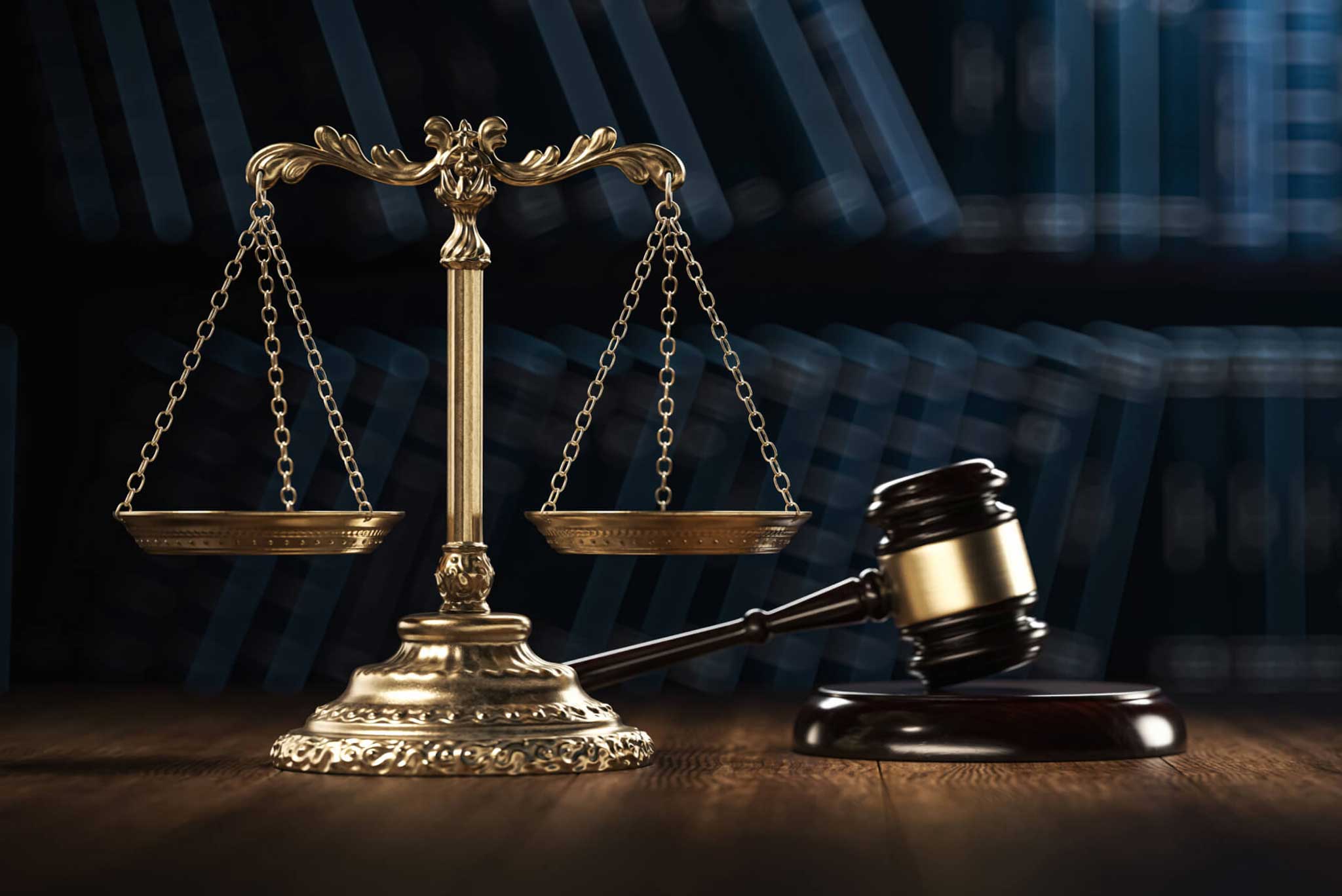News Details

Huawei's Lawsuit Against Samsung for Patent Infringement: The Battle for Intellectual Property Protection in the Field of Communication Technology
Against the backdrop of the rapid development of global communication technology, Huawei's lawsuit against Samsung for patent infringement has attracted much attention and has become a highly influential classic case in the field of intellectual property, demonstrating the firm determination and strong strength of Chinese technology enterprises in patent protection and international competition.
Case Background
As a world-leading provider of communication technology solutions, Huawei has invested huge amounts of capital and a large number of manpower in communication technology research and development over the years, accumulating numerous core patented technologies covering multiple key areas, ranging from communication infrastructure, 5G network technology to smartphone communication modules. These patented achievements are not only a powerful testament to Huawei's technological innovation capabilities but also an important support for its foothold in the global market and participation in fierce competition.
Samsung is also a multinational enterprise with extensive influence in the global electronic communication field. Its business scope covers multiple sectors such as smartphones and communication equipment, occupying a considerable share in the market. With the continuous expansion of the communication technology market and the intensification of competition, the products and technologies of the two sides inevitably have intersections and collisions at many levels.
Focus of Patent Dispute
Huawei accused Samsung of using, without authorization, multiple patents related to communication technology owned by Huawei in many of its smartphones and communication equipment products produced and sold. These patents involve key links in the communication process, such as efficient algorithms for data transmission, optimization processing technologies for communication signals, and some innovative methods that can improve the stability of interconnection between devices.
Huawei believes that it has overcome these technical difficulties and obtained patent authorization through long-term research and development exploration and repeated experimental tests. Samsung's application of these patented technologies in its related products seriously infringed on its intellectual property rights and interests, and damaged the competitive advantage and due economic benefits that Huawei should obtain through innovation in the field of communication technology.
Samsung, on the other hand, argued that the technologies adopted in its products were based on its own research and development or complied with the common technical standards in the industry, and there was no intentional infringement of Huawei's patents. It also questioned the validity of some of Huawei's patents and the rationality of their protection scope. With both sides sticking to their own opinions, the dispute became even more complicated.
Litigation Process and Results
This case has undergone a long and complicated litigation process in the judicial systems of multiple countries and regions. In China, after careful and meticulous trials, the courts comprehensively examined all the evidence submitted by Huawei, including patent technology documents and product technology comparison and analysis. Based on China's intellectual property-related laws and regulations, the courts determined that some of Samsung's products did infringe on Huawei's relevant patents, and ruled that Samsung should stop the infringement and pay corresponding economic compensation to Huawei. The amount of compensation was reasonably determined according to factors such as the circumstances of the infringement.
In some other countries, although there were differences in the trial progress and judgment standards under different judicial systems, generally speaking, Huawei also gradually gained the upper hand in many lawsuits. For example, in the judicial procedures of some European countries, as the evidence was continuously presented and the legal arguments deepened, the relevant courts also tended to recognize the legality of Huawei's patents and the fact that Samsung had infringed, and required Samsung to take corresponding corrective measures or pay certain compensation fees, etc.
Case Inspirations
For global technology enterprises, this case has important reference significance. Firstly, continuous and high-intensity research and development investment is the foundation for enterprises to accumulate core patents and build intellectual property barriers. The reason why Huawei had a solid foundation in the patent disputes with international giants was precisely due to its unremitting efforts in communication technology research and development over the years. This reminds enterprises to attach importance to innovation-driven development and be willing to invest resources in technological research and development so as to have a say in the fierce market competition.
Secondly, a perfect patent layout and rigorous patent management are of vital importance. Huawei has actively applied for patents worldwide, building a comprehensive and detailed patent protection network. This enables it to quickly and accurately produce powerful evidence to safeguard its own rights and interests when facing infringement accusations. Enterprises should learn this patent layout thinking, consider patent applications from the early stage of technological research and development, conduct scientific planning on aspects such as the geographical coverage and technological coverage of patents, and at the same time strengthen the management and maintenance of obtained patents to ensure their validity and the stability of rights and interests.
Thirdly, in the face of international intellectual property disputes, enterprises should have the courage and strategies to take the initiative and respond actively. Huawei initiated lawsuits in many places around the world and defended its patent rights and interests through legal and reasonable judicial means. This not only won a just result for itself but also enhanced the image and status of Chinese technology enterprises in the international intellectual property field. Other enterprises should not be afraid when encountering similar situations and should be good at using professional legal teams and international rules to resolutely safeguard their legitimate rights and interests.
In conclusion, Huawei's lawsuit against Samsung for patent infringement has provided a vivid and profound example for enterprises in the communication technology and even the entire technology industry in terms of intellectual property protection, application, and international competition, inspiring more enterprises to move forward firmly on the path of innovation and rights protection.



